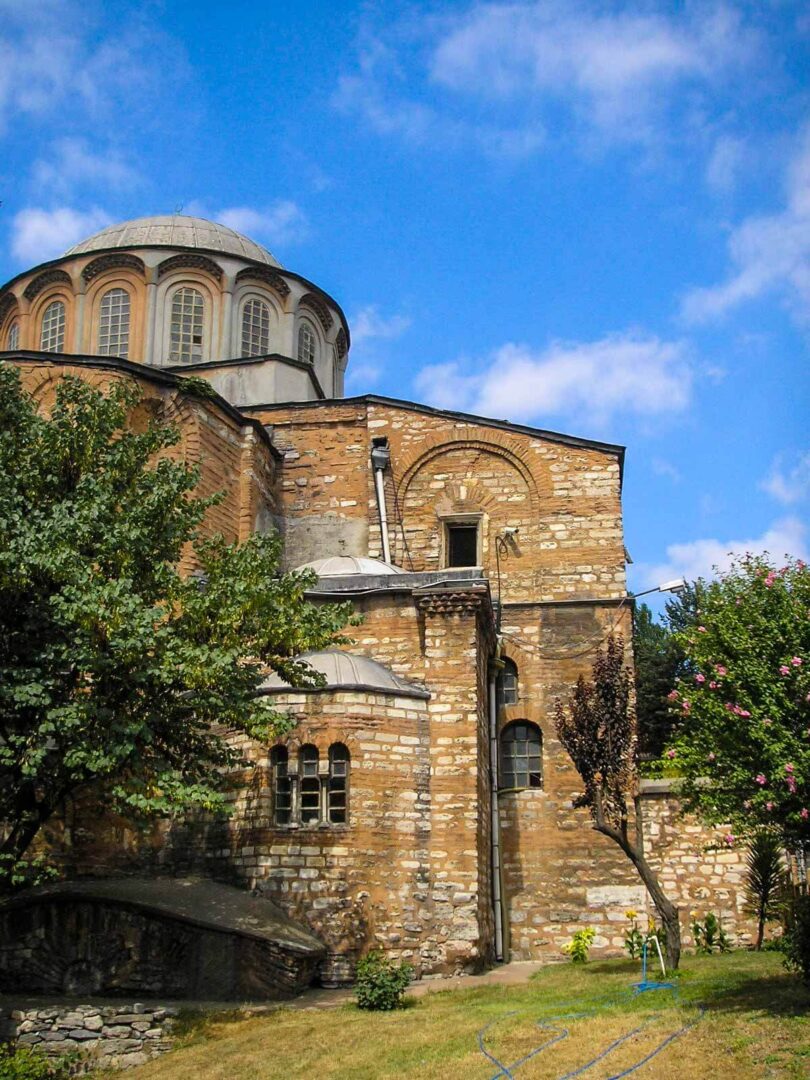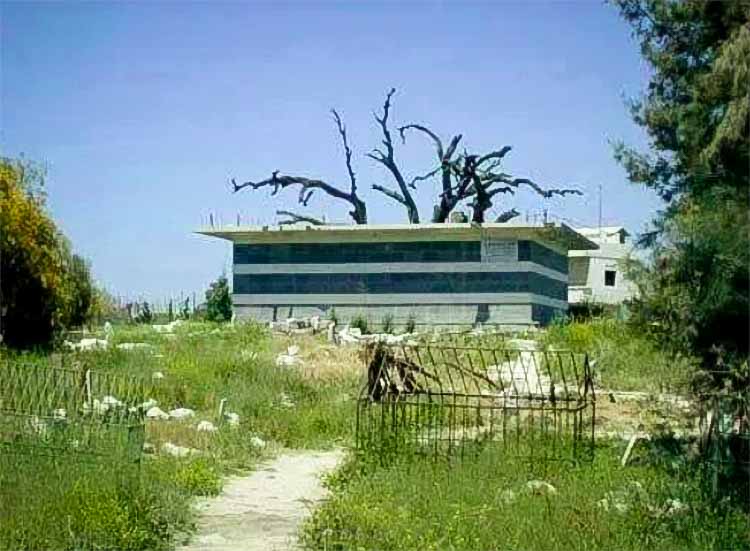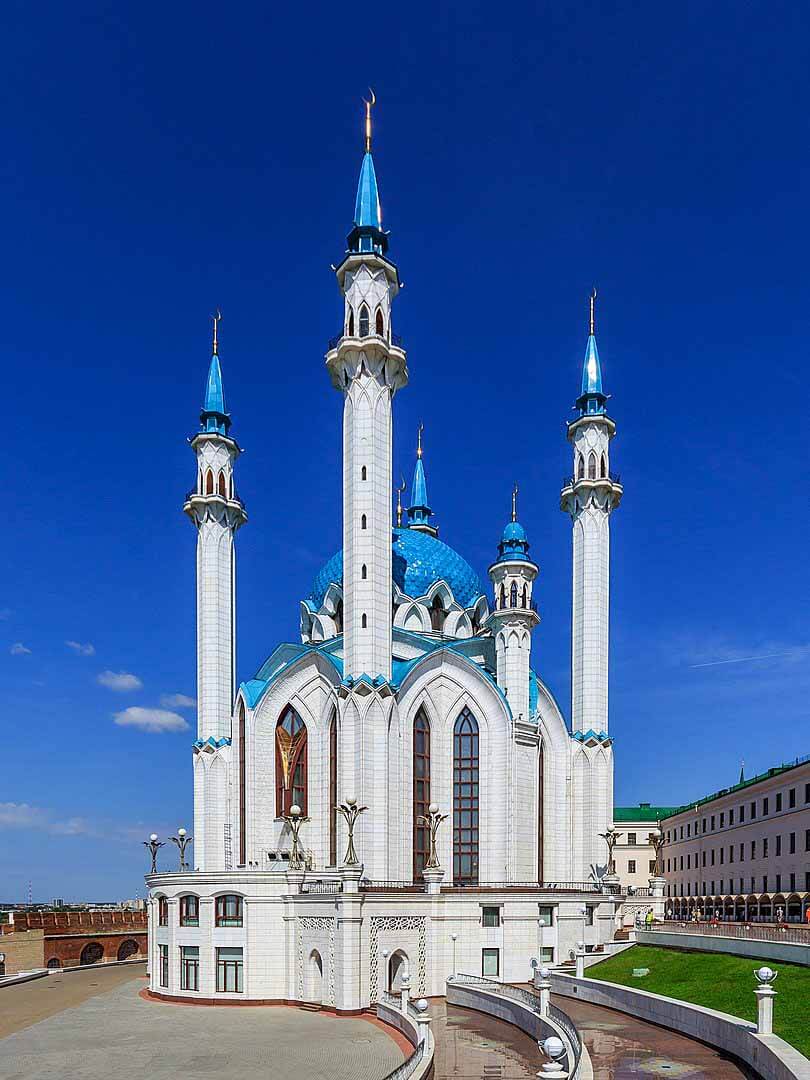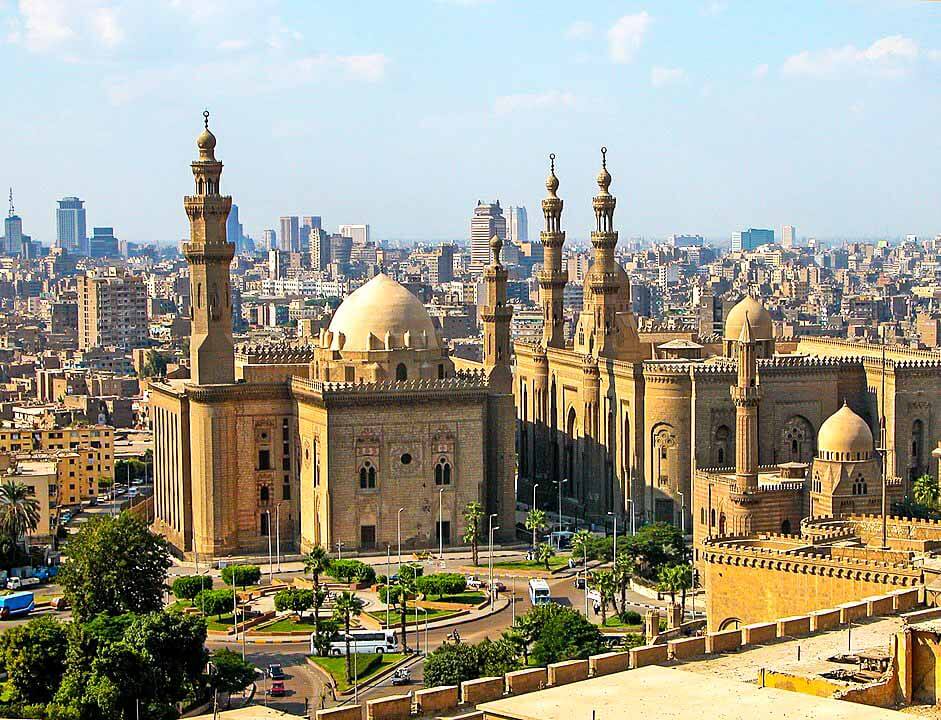Payarik, Uzbekistan
Coordinates: 39.815719, 66.944064
Imam Bukhari رضي الله عنه, was a Persian Islamic scholar who was born in Bukhara (the capital of the Bukhara Region (viloyat) of what is now in Uzbekistan).
He authored the hadith collection known as Sahih al-Bukhari, regarded by Sunni Muslims as the most authentic (sahih) hadith collections.
He also wrote other books such as Al-Adab al-Mufrad.
At the age of sixteen, he, together with his brother and widowed mother, made the pilgrimage to Mecca. From there he made a series of travels in order to increase his knowledge of hadith.
He went through all the important centres of Islamic learning of his time, talked to scholars and exchanged information on hadith. It is said that he heard from over 1,000 men, and learned over 600,000 traditions.
After sixteen years absence, he returned to Bukhara, and there he drew up his al-Jami’ as-Sahih, a collection of 7,275 tested traditions, arranged in chapters so as to afford a basis for a complete system of jurisprudence without the use of speculative law.
His book is highly regarded among Sunni Muslims, and considered the most authentic collection of hadith, even ahead of the Muwatta Imam Malik and Sahih Muslim of Bukhari’s student Imam Muslim ibn al-Hajjaj رحمة الله عليه.
Most Sunni scholars consider it second only to the Quran in terms of authenticity. He also composed other books, including al-Adab al-Mufrad, which is a collection of hadiths on ethics and manners, as well as two books containing biographies of hadith narrators.
Last years
In the year 864/250, he settled in Nishapur. It was in Nishapur that he met Muslim ibn al-Hajjaj رحمة الله عليه. He would be considered his student, and eventually collector and organiser of hadith collection Sahih Muslim which is considered second only to that of al-Bukhari.
Political problems led him to move to Khartank, a village near Samarkand where he died in the year 870/256.
Mausoleum
Today his tomb lies within the Imam al-Bukhari Complex, in Hartang Village, 25 kilometers from Samarkand.
The mausoleum complex consists of Imam al-Bukhari’s tomb, a mosque, a madrassah, library, and a small collection of Qurans. The modern ground level mausoleum tombstone of Imam Bukhari رحمة الله عليهه is only a cenotaph, the actual grave lies within a small burial crypt below the modern structure.
Today the mausoleum is of great importance as an Islamic pilgrimage site.
During the Soviet era , pilgrimages were severely restricted and the mausoleum was forgotten for the time being. In the 1950s the tomb was rediscovered due to the importance of Imam al-Bukhari رحمة الله عليه for the Islamic world and occasionally visited by pilgrims.
The mausoleum only experienced a significant upgrade after the independence of Uzbekistan. On the instructions of the then President Islom Karimov, a large memorial complex was built, which was completed in 1998 and today contributes to the importance of the mausoleum as one of the most important pilgrimage sites in the country.




















